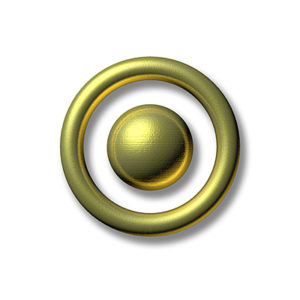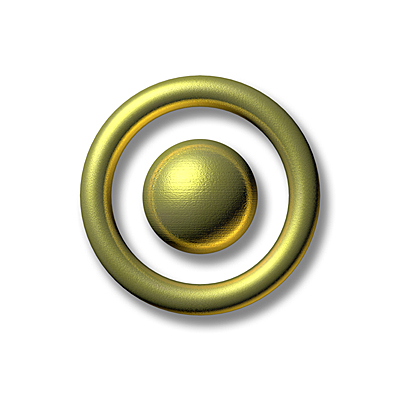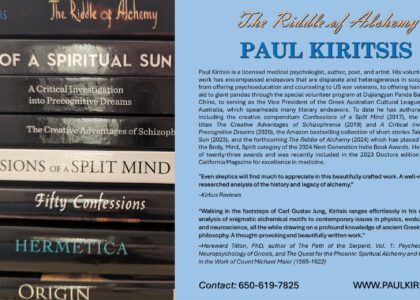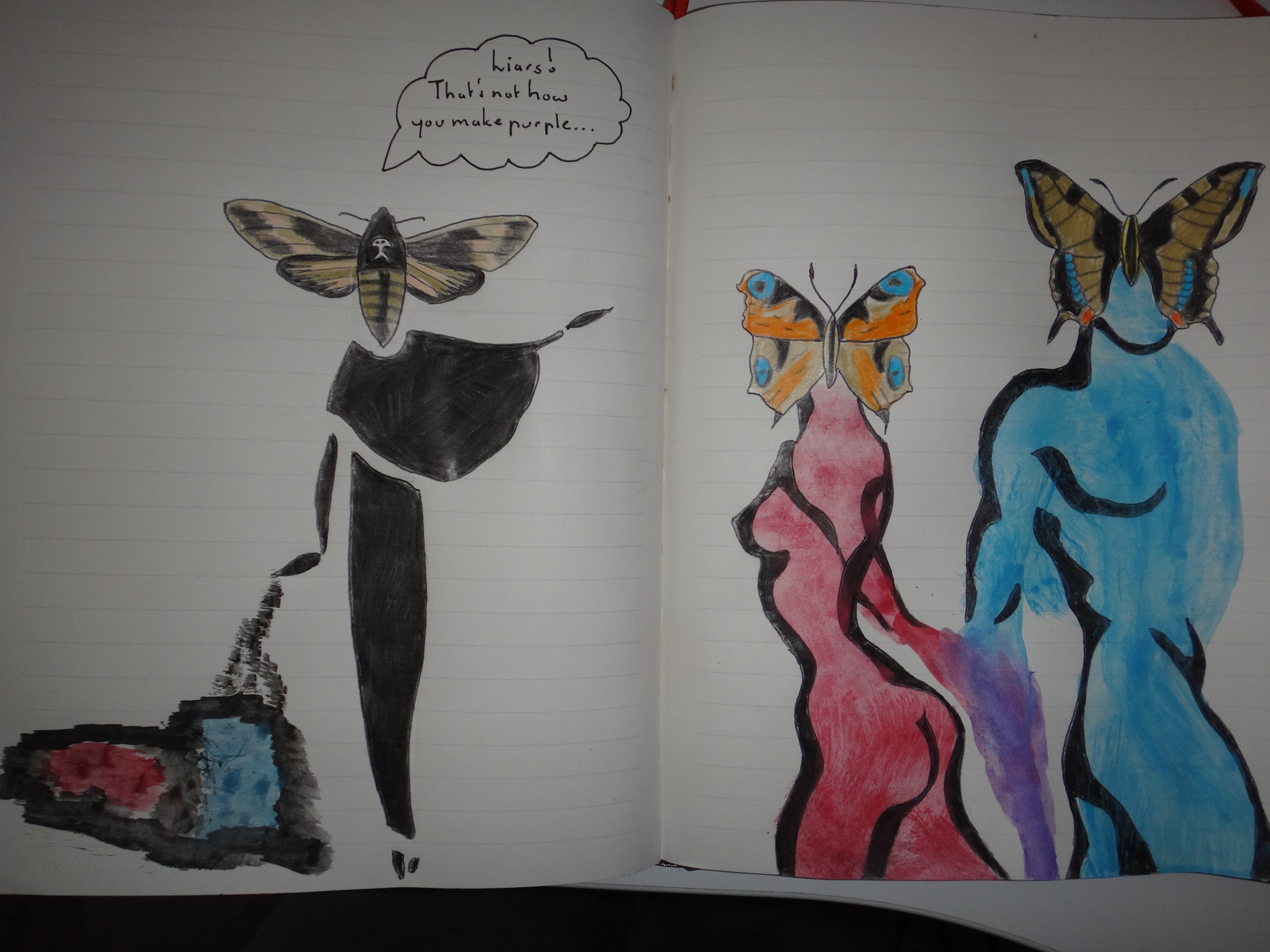
Perhaps the esoteric worldview is encapsulated best by a sixteenth-century alchemo-mystical didactic treatise entitled the Splendor Solis. According to an old legend, the mysterious author of this text, Solomon Trismosin, imparted the secrets of the Philosopher’s Stone and spagyrical methods to Paracelsus of Hohenheim (1493-1541ce), thus enabling him to pioneer the field of iatrochemistry. Comprised of seven individual tracts that are replete with twenty or so illustrations and accompanied with lengthy quotations, the text vindicates that “all corporeal things originate in and are maintained and exist of the earth according to time and influence of the stars and planets as Sun, Moon, and the others. These, together with the four qualities of the elements which are without intermission, moving and working therein, thereby creating every growing and procreating thing in its individual form, sex and substance, as first metals originate in the earth of a special and peculiar matter produced by the four properties of the four elements which generate in their mixture the metallic force under the influence of their respective planets.”
This is no doubt a condensed summa of the animistic Neoplatonic cosmos, where Mother Nature is regarded a living organism or animal and all her creations are not only interconnected and linked with one another but infused with a kind of love or mutual attraction called sympathy. The materia prima as the origin of all things is implicitly referenced, from whence the Empyrean of God, the sphere of fixed stars, the primum mobile or rotating heavens, the ether and seven planets, the moon, as well as the Earth itself, comprised of the first four differentiated elements–fire, water, air and earth–all materialize. Furthermore, the unique combinations formed by the four ethereal elements produce the plant, animal and mineral kingdoms. While the seven planets are an exoteric expression of archetypal powers delimited by the Sphere of the Fixed Stars and the Zodiac, the seven metals themselves express initial manifestations of unique permutations formed between the four ethereal elements under the aegis of the seven planetary powers. If all that is below is a pale reflection of everything above, as the Emerald Tablet (Tabula Smaragdina) would have us believe, then astrology and alchemy must be inextricably linked. Given the widespread belief that the planetary powers governed a part of the human body, it became common knowledge that astrology was primarily concerned with the manner in which the heavenly rotations controlled human destiny; alchemy, on the other hand, was a sacred science deeply embroiled in the exploration of the earthly metals and elements.
If the Divine Spirit were to be personified as a ladder descending from the heaven to the earth, the uppermost echelon would be hot and dry in nature, masculine in sex and full of action potential. Alternatively, the lowest echelon would be cold and wet in nature, feminine in sex and wholly receptive or passive. One might undoubtedly ask where lies the logic in such reasoning? Well, the act of being and becoming in the cosmos can only be experienced if there is a polarisation of Divine Spirit or pure consciousness into entirely active and passive poles. Irrespective of where they are positioned on the consciousness totem pole or scale, all cosmic qualities express themselves actively through the planetary powers and passively through the earthly metals.
The highest, active pole is incarnated light, intellect and pure essence. Its nature is inflexible, eternal and unchanging, hence why the solar orb (active materialisation) and the metal gold (passive materialisation) are considered its corporeal constituents. Both the sun and gold are radiant and magnificent, seemingly indestructible and free of any blemishes tarnish. There is an obvious qualitative connection between the two that remains unacknowledged by contemporary science, save perhaps in the sideswept scientific investigations of radical thinkers Frau Lily Kolisko and Agnes Fyfe. These scientists wholeheartedly conformed to the esoteric perspective that the planetary body and its metal were heavenly and corporeal reflections of an eternal principle, the active pole of existence. In fact, this is the teleological condition that the whole of Mother Nature strives for–to become pure being. In hindsight sentient Nature and all her conscious constituents wish to become Divine Spirit. Following a course of logic delineated by sympathetic associations, if the sun and gold are exoteric markers of this highest cosmic principle, then the other six generative powers, reflected in the planets and their metals, must be substandard variants of this prototype. From a purely animistic standpoint, one might describe them as premature births, abortions or failed experiments.
All symbols for the seven generative powers which comprise the cosmological totem pole, the multidimensional ladder which extends from the Empyrean of God, the highest heaven, all the way down to the sphere of earth and dross matter, are cut from three rudimentary shapes: the circle, the semicircle and the cross. As the only proponent of immaculate geometry, the circle is identified with the uppermost echelon of the cosmic ray, pure consciousness itself. Therefore it is a pictorial synonym for both the sun and gold as reflectors of this cosmic quality. The symbol itself is completed by a single dot midpoint of the circle, implicating gold as the only metal through which its prototype, incarnated light, finds and seeks expression. In alchemy, the concept can also be exemplified by the figure of a king.
As a metal, there is evidence to suggest that gold was known from about the fourth millennium bce onwards. In Egypt and Nubia, where gold was “more plentiful than dirt”, ancient temple inscriptions have been found describing the fire-setting and quartz-crushing methods that were used in extracting gold from desert mines. Its therapeutic properties have been known from antiquity, but its popularity soared during the Middle Ages when Swiss physician, alchemist, mystic and philosopher Paracelsus (1493-1541ce) began administrating it to his patients for the alleged purpose of cleansing their circulatory systems of pathogens and impurities. A little later, the first pharmaceutical bodies of Renaissance Europe created a gold tincture called Crocus solis by subjecting gold to the action of nitro-hydrochloric acid. The precipitate was then subjected to a cycle of distillation with water and mixed with a small amount of potassium as it condensed into a fine powder. Many Renaissance alchemists believed that by preparing gold tinctures or solutions they were creating the elusive Elixir of Life.








